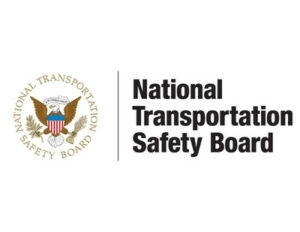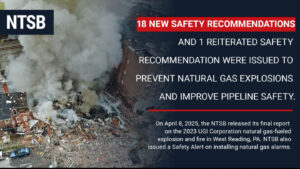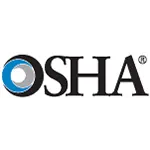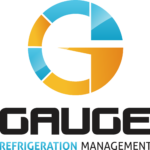Let us help you make sense of PSM / RMP!
My friend Brian Chapin will be offering an open-enrollment PSM/RMP class in Burleson, Texas, July 8th to 11th, 2025. Brian is an absolute pro in NH3 Refrigeration Process Safety. Anyone who attends will also get a FREE membership to SAFTENG. You can get more information on the class with this link.
CLICK HERE to Renew your Membership
CLICK HERE for a NEW Membership
CLICK HERE to see eligibility requirements for FREE Membership
If you have any questions, please contact m
SAFTENG has:
- Over 18,000 categorized unsafe acts/conditions and accident/injury photos
- Over 1,500 ppt's & doc's in the SAFTENG Library
- Over 4,000 Technical Articles on Process Safety, Emergency Response & OSH topics
- Over 450 videos (those not allowed on YouTube Channel)
Many THANKS to my NEW Members and those who CONTINUE to support SAFTENG:









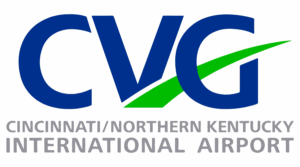


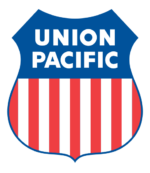

April 9, 2025
We have discussed all the requirements for transferring flammable liquids and gases (i.e., NFPA Flammable “4”); however, I have not mentioned the requirements for transferring TOXIC and HIGHLY TOXIC LIQUIDS that have an NFPA 704 Health Rating of 3 or 4. We see these issues in our Chlorine work where Cl2 is a “utility” to the business and is sort of “out of sight –...
Read More
April 8, 2025
Early Warning of Natural Gas Leaks Can Prevent Deaths and Injuries The Problem It is vital that occupants evacuate a building when a natural gas leak occurs or is suspected. Although natural gas is generally a safe source of energy, when a pipeline or natural gas appliance leaks, the gas can migrate into a building and reach dangerous concentrations that can ignite and explode. ...
Read More
April 8, 2025
Today #NTSB released the final report of the March 24, 2023, natural gas-fueled explosion and fire at the R.M. Palmer candy factory in West Reading, Pennsylvania. The NTSB issued 18 new safety recommendations, 1 reiterated safety recommendation, and published a Safety Alert to the public about the importance of installing natural gas alarms in businesses and homes. Read the final report here: https://www.ntsb.gov/…/AccidentReports/Reports/PIR2501.pdf...
Read More
April 8, 2025
During my PHAs and Audits, I typically find businesses that are not focused on the UNLOADING risks associated with their hazardous materials. I tend to get a lot of pushback about how Unloading is a DOT function and somehow not related to process safety. The risks associated with unloading 7,000 gallons of an HHC/EHS through “temporary connections” and a “hose(s)” may be the...
Read More
April 8, 2025
In 2021, I wrote an article regarding OSHA’s Permit-Required Confined Space standard and reclassifying PRCSs to a Non-PRCS status. This article centered on the keyword “potential” when discussing a hazardous atmosphere. The intent of that article (Defining and Quantifying “potential hazardous atmosphere”) was to clarify when/how a POTENTIAL was present to create a Hazardous...
Read More
April 7, 2025
The question was asked…
If the underground piping is protected by a cathodic protection system, does this system need to be turned OFF and Locked Out before workers begin working on the pipe?
…
HomeRead More »
Read More
April 7, 2025
On May 3, 2006, Employee #1 was in a trench (approximately 37″ deep and 44 to 46″ wide), digging dirt from around a 10″ diameter PVC water pipeline to locate a water leak. The pipeline was pressurized to approximately 125-130 psi with compressed air.
…
HomeRead More »
Read More
April 7, 2025
One of the more common issues we come across in regards to Hot Work is the encroachment of combustible/flammable hazards within the REQUIRED 35′ Fire Safety Zone. 1910.252(a)(2)(vii) Relocation of combustibles. Where practicable, all combustibles shall be relocated at least 35 feet (10.7 m) from the work site. Where relocation is impracticable, combustibles shall be protected with flameproofed...
Read More
April 7, 2025
I normally do not share construction accidents, as I am not a construction safety professional. I would not even attempt to play one on TV! However, this case is an excellent example for the general industry and those who work with hazardous chemicals. One of the reasons why my HAZCOM training is 2+ hours is I teach workers how to read an SDS. Far too many have no idea what Vapor/Gas Density is and...
Read More
April 7, 2025
There are some things I do so that you don’t have to! One of those is scrubbing OSHA citations that are relevant to our workplaces. It is where I get much of my information for my “Line Break Gone Bad” posts, PRCS cases, LOTO, and PSM cases. 99% of the time, I can understand the citation; but here is one of the 1%’ers… On/or about June 21, 2024 and prior to, the employer...
Read More
April 6, 2025
This video is a great example of two failures: 1) Hazardous Communications and 2) Emergency Response recognition. There is no way he should have walked into the spill, much less into the spray to stop the leak. That was gasoline—NOT diesel; even if it had been diesel, his actions were still out of line. We will never know the training he received to recognize the risks he was taking and when a spill/release...
Read More
April 6, 2025
The owner (58) of an auto wash facility and a worker (54) died of suspected asphyxiation after the duo rescued another worker, who had fainted inside the empty chemical cargo tank of a lorry while cleaning it. According to the police, the tanker lorry driver (48) took the vehicle to the wash facility for cleaning. The police said he went inside the tank with a piece of cloth covering his face and without...
Read More


